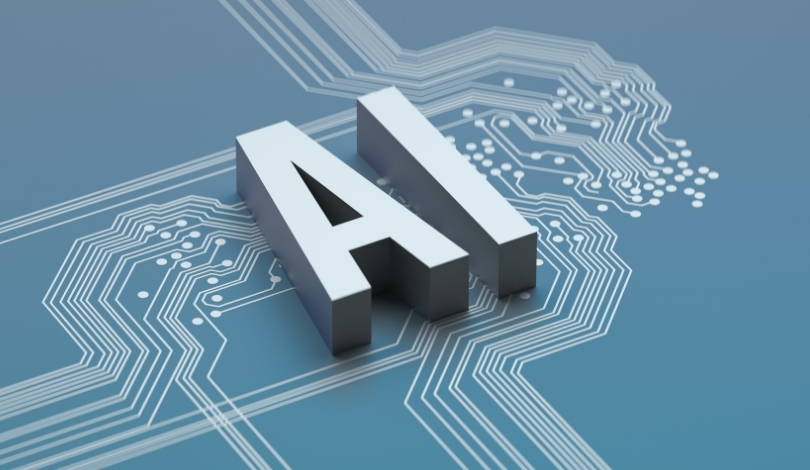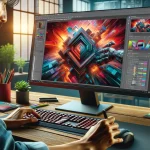Manufacturers are looking for automation solutions that reduce complexity and deployment time. Vention’s latest announcement at its annual Demo Day introduces features designed to address these needs, aiming to minimize reliance on traditional system integrators. The company’s expansion targets both experienced engineers and developers as well as production teams in factories worldwide. Improved access to simulation, cloud-defined hardware, and machine learning models could speed up the journey from design to deployment. The robotics field is increasingly turning to standardized platforms, but many businesses still balance between adopting new technologies and managing legacy equipment.
Several automation companies have entered the market over the past few years, each promising easier programming and cloud-based integration. Unlike previous major launches when modularity was often emphasized but cloud software lagged, Vention now places equal importance on fully unified hardware and software. Past releases in the industry focused mainly on isolated improvements, such as more versatile robot arms or easier programming interfaces, but fell short of offering a consolidated platform for both simulation and hardware management.
How Does Zero-Shot Automation Work?
Vention’s “Zero-Shot Automation” is intended to let users automate manufacturing tasks without the lengthy planning and hardware integration that usually slows deployment. Its platform combines advanced simulation, artificial intelligence, and modular hardware, with aims to shorten the time from idea to implementation. According to Vention, over 25,000 machines have been deployed in more than 4,000 factories using this approach. Manufacturing applications supported include palletizing, welding, and machine tending. Vention claims this streamlining improves both the pace and the clarity of automation projects.
What Are the New Tools and Capabilities?
At Demo Day, Vention highlighted the launch of AI Operator—a tool leveraging NVIDIA’s AI infrastructure and Isaac libraries. This tool is designed to enhance perception, grasping, and collision-free motion for robots in unstructured environments, such as bin picking. New developer resources include a command-line interface, bundled code libraries, project templates, and simulation environments with real-world accuracy. Vention says these additions are intended to enable both local and cloud development, while RemoteView gives operators historical machine data to trace errors and optimize performance. “Built on the industry’s largest library of machine specifications, Vention Projects provides a structured, centralized workflow for defining automation scope and requirements,” the company stated.
How Are Industry Partners Collaborating with Vention?
NVIDIA collaborates closely with Vention, providing computation power for applications involving perception and advanced motion planning. Amit Goel from NVIDIA explained that GPU-powered edge computing and AI-accelerated libraries now enable real-time adaptation for automated systems on production lines. Factory-floor feedback has prompted updates to Vention’s MachineBuilder, allowing users to better visualize layouts when combining new robotic systems with existing machinery.
“With Vention’s AI Operator, it’s now possible to deploy robotics for applications that require continuous updates and greater flexibility,”
Goel emphasized.
Francois Giguere, Vention’s CTO, underlined the value of integrating NVIDIA’s foundation models for robots requiring minimal environment-specific training datasets.
“By enabling perception, grasping, and collision-free motion directly at the edge, it accelerates manufacturers’ path toward Zero-Shot Automation, making automation simpler, faster, and more intelligent,”
the company commented. These improvements are intended to reduce the dependency on specialized robotics engineers and help operational teams adjust automation systems quickly.
Vention’s strategy appears to be gaining momentum as order deliveries in the sector have generally slowed, but the company continues to increase its market share through its combined hardware and software platform. Feedback from executive users highlights shorter design cycles and measurable productivity gains. The coming expansion of AI Operator deployments is anticipated to test how widely these solutions can be scaled.
Streamlining automation from the cloud brings both potential and challenge. Vention’s all-in-one platform addresses issues around integration, collaboration, and development speed, especially for brownfield facilities with existing setups. While many companies face hurdles integrating AI-driven robotics due to legacy hardware, standardized, cloud-defined platforms could simplify future upgrades. The success of such tools will depend not only on technical performance, but also on user adoption and the ability to fit within very diverse production environments. Businesses considering upgrades should weigh factors like retraining staff, infrastructure compatibility, and support for incremental deployment. As the market evolves, a shift toward software-defined automation accompanied by robust developer tools could become the new norm in industrial robotics.










